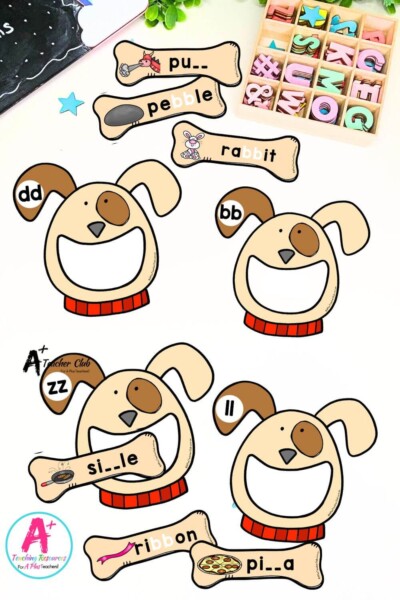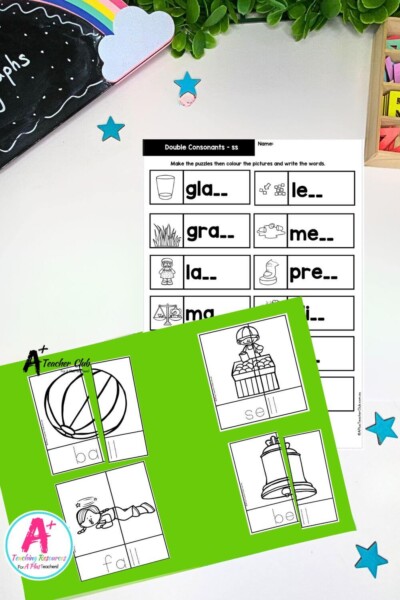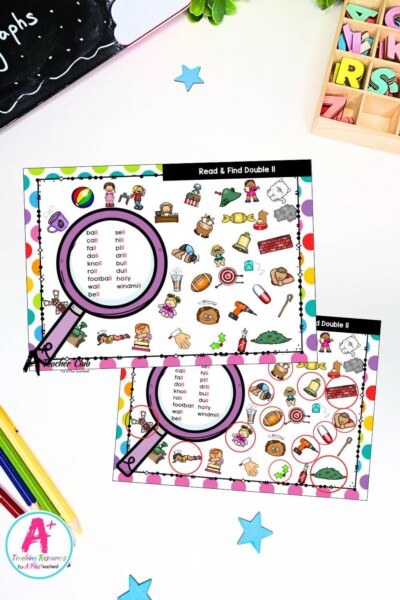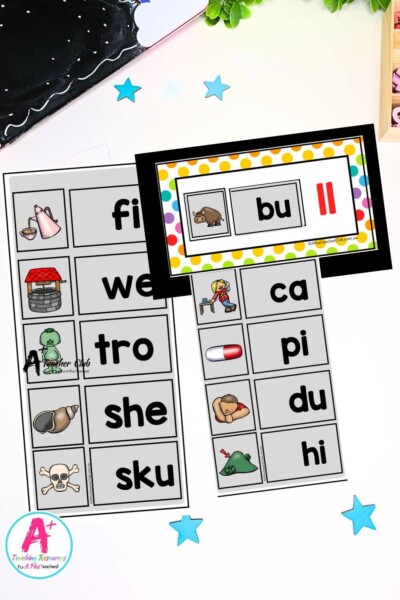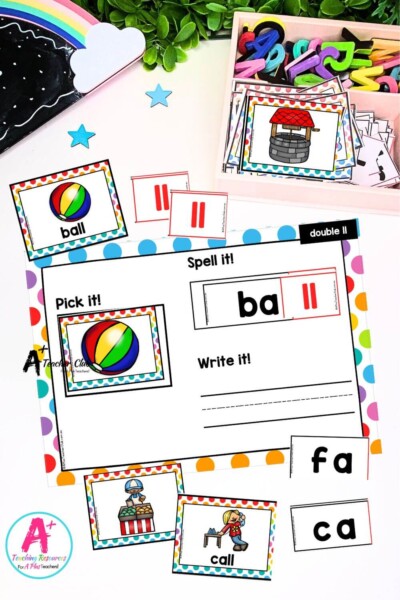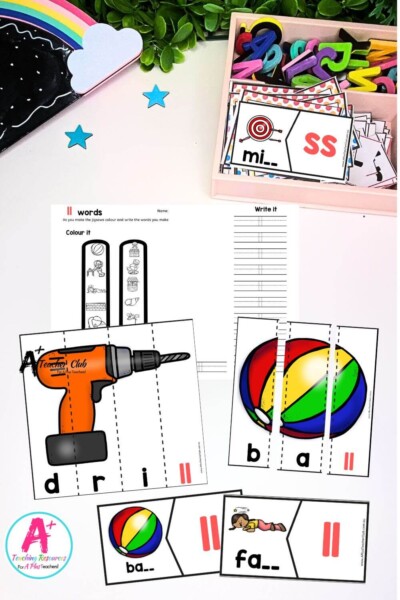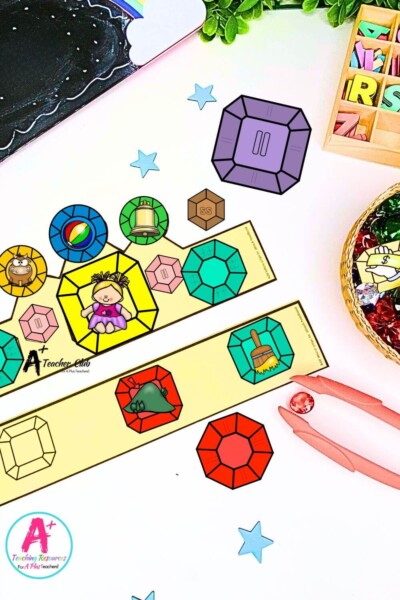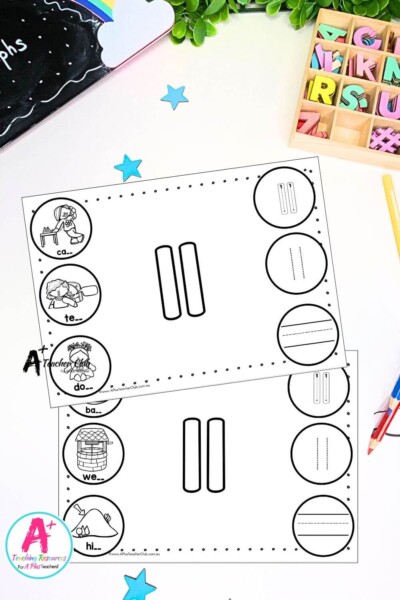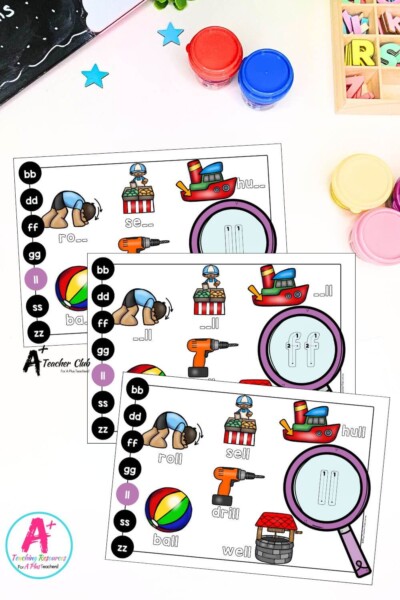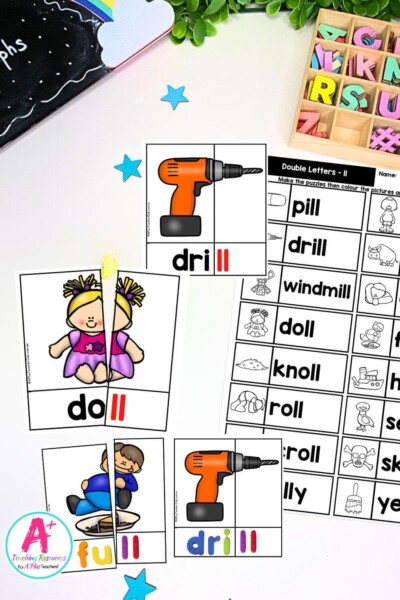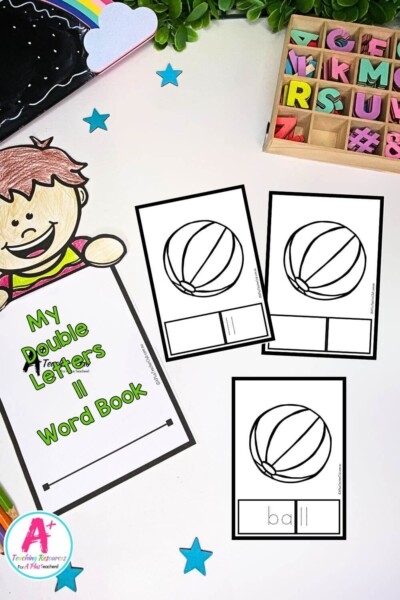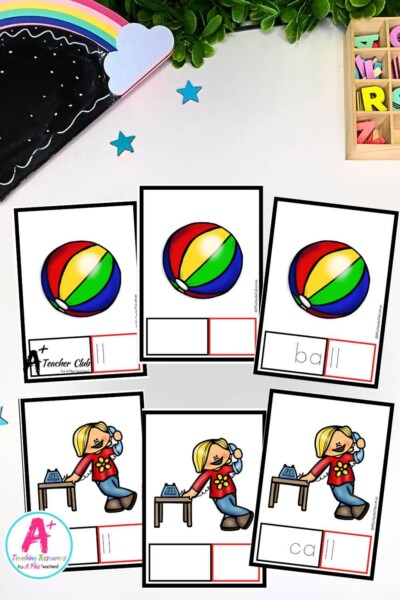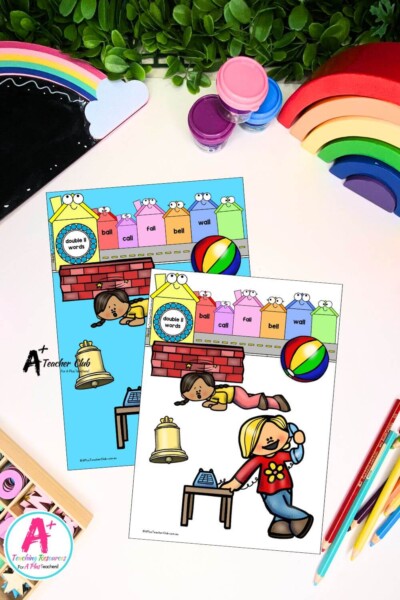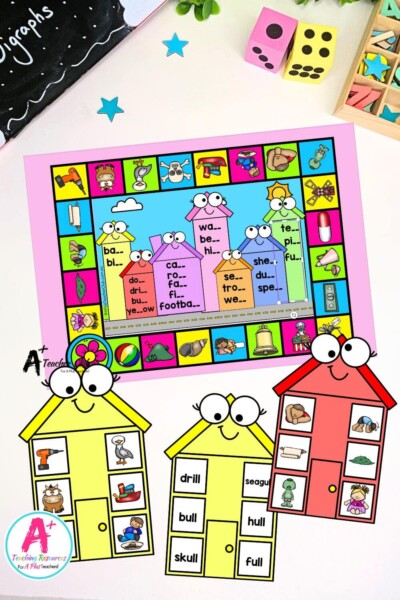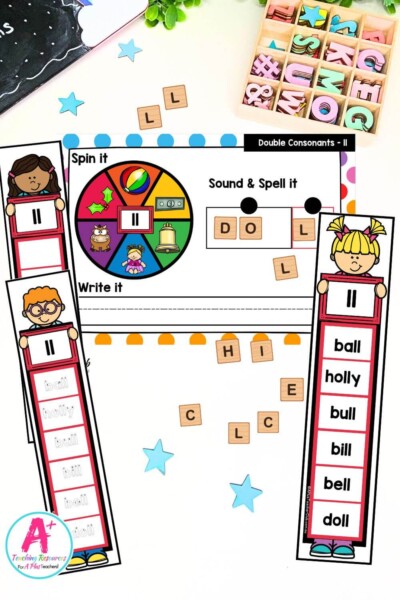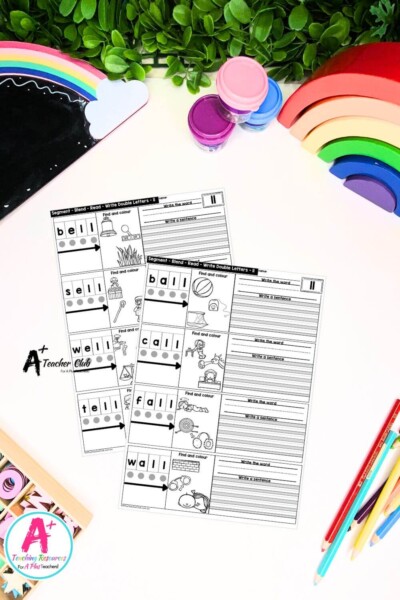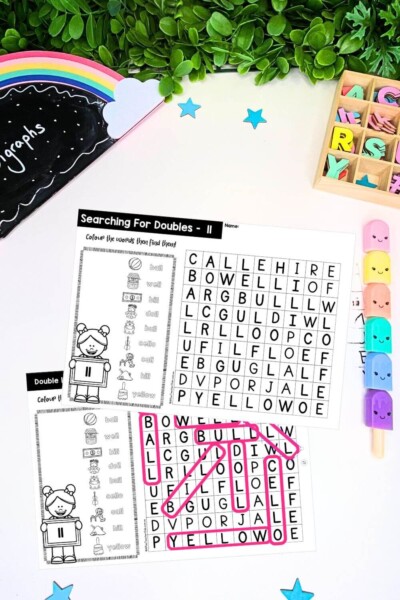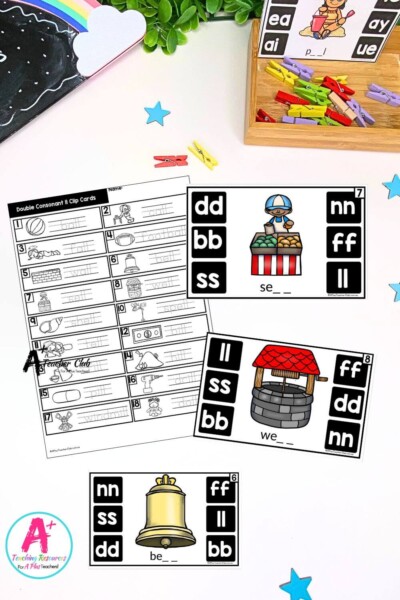Teaching Double Consonants “ll”
Phonics, Spelling, & Grammar Resources
Teaching spelling and phonics presents its fair share of challenges, especially when tackling the rules surrounding double consonants “ll.” However, mastering this particular rule is essential for students’ spelling prowess to flourish. In this quick guide, we’ll navigate the intricacies of the double “ll” consonant rule, offering illuminating examples and addressing any stumbling blocks students might face. Plus, you’ll discover an array of lively and interactive resources designed to assist your learners with conquering the double consonant “ll” words with ease! There are also some handy hints and info for Teaching Double Consonants.
The Double “ll” Consonant Rule FLOSS Rule
Using spelling rules can be a valuable tool for students to grasp the usage of double letters in their spelling and writing endeavours. When it comes to understanding when and how to incorporate double “ll” in words, two essential rules come into play: the FLOSS Rule and the Double Consonant ‘ll’ Rule. To effectively utilise double “ll” in spelling, students need to grasp the principles outlined in these spelling guidelines.
The spelling rules for using double “l” are as follows:
- After a Short Vowel Sound:
- Double the final consonant “l” in one-syllable words after a short vowel sound.
- Example: “bell” → “belling” (short vowel sound “e”)
- When Adding Suffixes:
- Double the final consonant “l” before adding a suffix if the word has a short vowel sound and ends in a single “l.”
- Example: “tall” → “taller” (short vowel sound “a”)
- To Distinguish Between Words:
- Double the consonant “l” to distinguish between words with different meanings or to clarify pronunciation.
- Example: “well” (in good health) vs. “wel” (the past tense of “will”)
Understanding and applying these rules correctly ensures consistent and accurate spelling when using double “l” in words.
The FLOSS Spelling Rule
The FLOSS Rule is an easier way to help students know when to double a consonant. FLOSS is a mnemonic used to remember when to double the final consonant at the end of one-syllable words after a short vowel sound.
The rule is that in one-syllable words, if a vowel is immediately followed by “f,” “l,” “s,” or sometimes “z,” you double the final consonant. This helps keep the vowel short and the pronunciation clear.
Take the word “kill” for instance. We double the “l” because the vowel “i” is immediately followed by “l.” Without the double “l,” the word would be pronounced differently. So, the double “ll” helps us spell words in a way that matches their pronunciation and maintains consistency in English spelling.
Double Consonant “ll” Word List
“ll” Words Used in our Resources
Common Issues and Confusions
Students may encounter several common confusions and problems when learning the double “ll” rule:
- Overgeneralisation: One common issue is the tendency to overapply the rule to words that don’t require it. Students may mistakenly double the “l” in words where it’s not needed, leading to misspellings.
- Exception Words: Certain words don’t follow the double “ll” rule, leading to confusion for students. For example, words like “dollar” and “pollen” don’t have double “ll” despite having a short vowel sound before the consonant “l.”
- Homophones: Homophones, words that sound alike but have different meanings and spellings, can pose a challenge. Students may confuse words like “bell” (a hollow metal object that makes a ringing sound) with “belle” (a beautiful woman) due to their similar pronunciation.
- Phonetic Awareness: Students may struggle to identify when a word has a short vowel sound followed by a single “l,” which requires doubling the consonant. This lack of phonetic awareness can lead to difficulties in applying the rule accurately.
Addressing these issues through targeted instruction, ample practice opportunities, and reinforcement of the rule’s exceptions can help students navigate the double “ll” rule with confidence and accuracy.
Resources listed in this collection
Click to jump to...-
Double Consonants Feed Me Dogs
-
Double Consonant B&W 2 Piece Puzzles - ll
-
Double Consonant I Spy Read & Find - ll
-
Double Consonant Strip Reader - ll
-
Double Consonant Word Builder - ll
-
Double Consonant Strip Puzzles - ll
-
Double Consonant Crown Craft - ll
-
Double Consonant Writing Mats - ll
-
Double Consonant Playdough Mats - ll
-
Double Consonant Colour 2 Piece Puzzles - ll
-
Double Consonant Student Book - ll
-
Double Consonant Flash Cards - ll
-
Double Consonant Posters - ll
-
Double Consonant Board Game - ll
-
Double Consonant Spin & Spell - ll
-
Double Consonant Worksheets - ll
-
Double Consonant Word Search - ll
-
Double Consonant Clip Cards - ll
Double ll Activities
Explore tags
More Double Consonant Activities
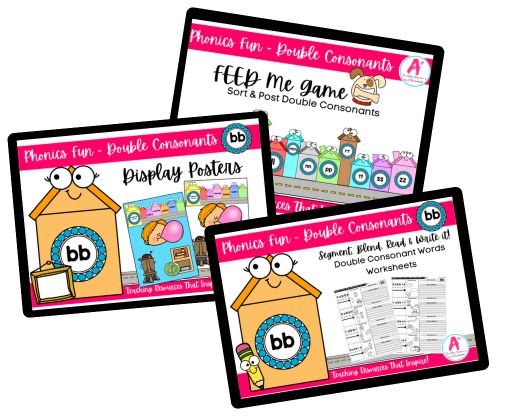
Double Consonants - bb
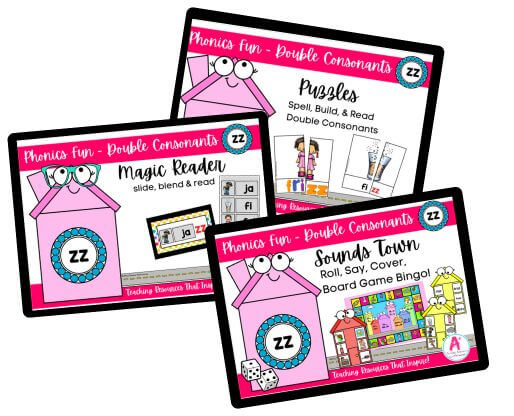
Double Consonants - zz
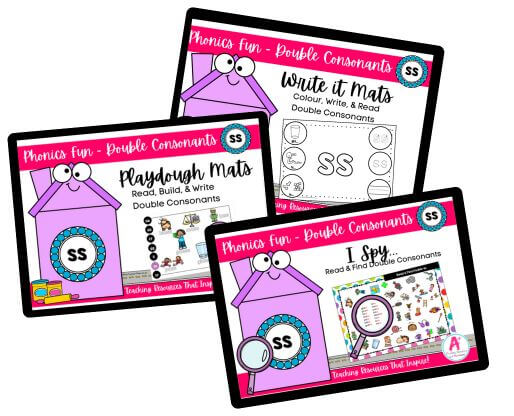
Double Consonants - ss
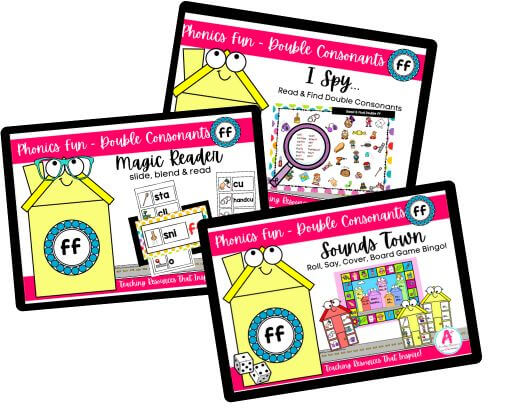
Double Consonants - ff
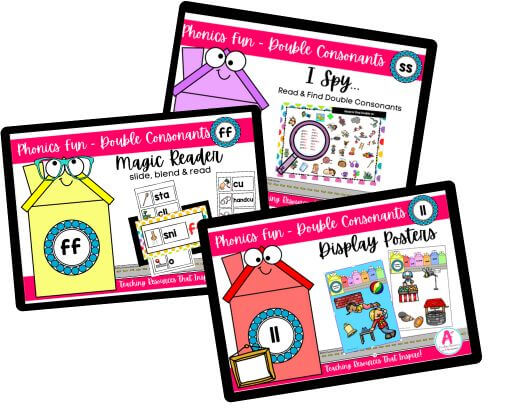
Double Consonants Collections
Can't find what you're looking for?
Send us a request! Use this form to request a resource. Please give details of the learning area, topic, year level, curriculum links. We’ll be happy to take a look to see if we can fit it in. Unfortunately a request does not guarantee we will be able to make it!
"*" indicates required fields

